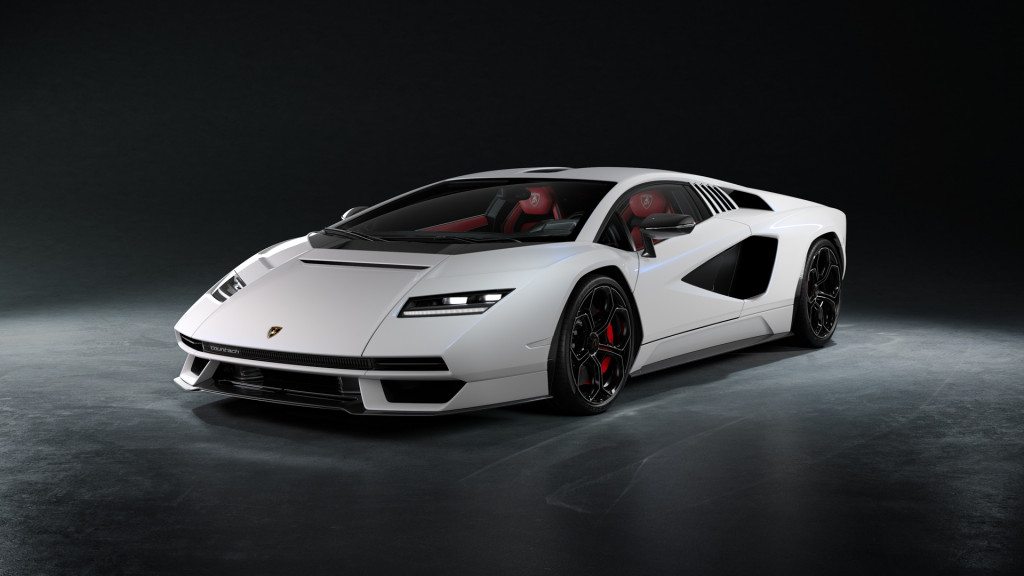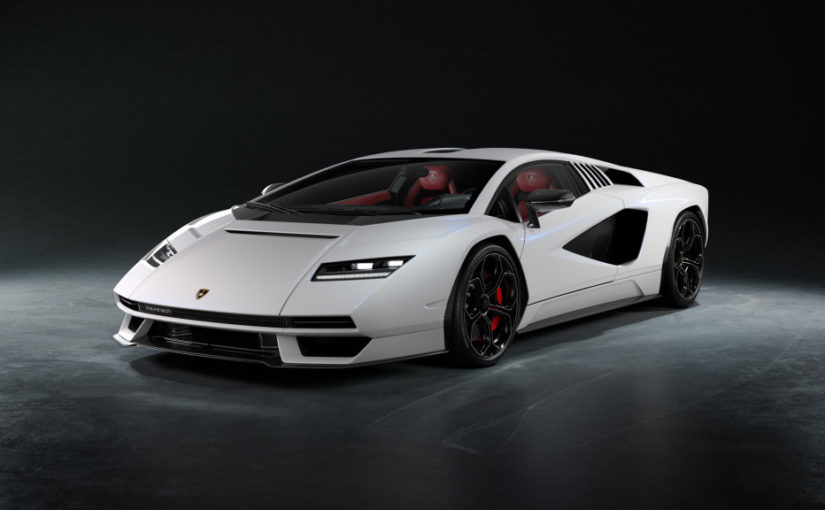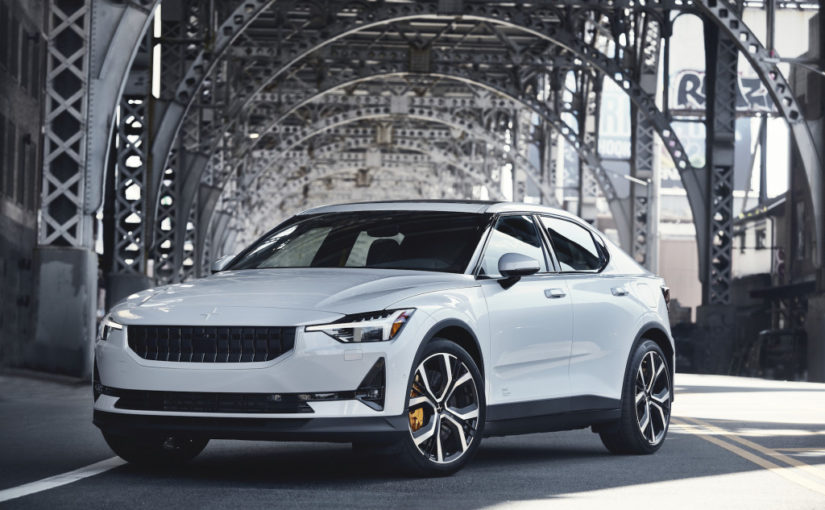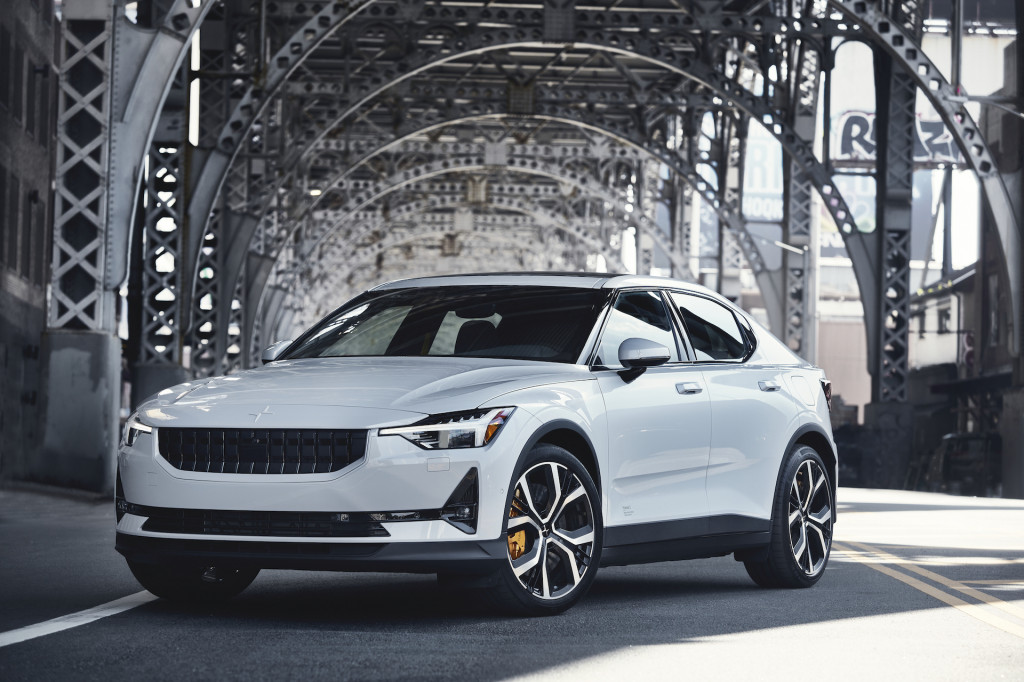Italy wants to protect Ferrari and Lamborghini from a proposed future ban on internal-combustion engines enacted by the European Union, Bloomberg reported Saturday.
The Italian government is in talks with the EU about exempting the two supercar builders from a proposed phaseout of new internal-combustion vehicles announced in July, which would go into effect in 2035, according to the report.
Rome is reportedly arguing that the proposed rules should be applied differently to high-end supercar builders because they are “niche” manufacturers that don’t make many vehicles.

Lamborghini Countach LPI 800-4
It’s worth noting that the rules haven’t been finalized. They must first be discussed by member nations and the European Parliament, a process that could take up to two years, according to Bloomberg. Countries are likely to propose amendments to protect local industries, with France already proposing more lenient emissions targets, the report said.
Both Ferrari and Lamborghini have slowly embraced electrification, but so far only in the form of hybrid powertrains for production vehicles. After flip flopping a bit, Ferrari now appears committed to at least one EV. The automaker previously cited limited battery technology as an obstacle, although that hasn’t stopped Croatian firm Rimac, which now also controls Bugatti.
Ferrari in April said its first EV, expected to be a crossover, will be unveiled in 2025. The automaker is also adding hybrid powertrains to more models. The Lamborghini Aventador successor due in 2023 is expected to be a hybrid, ending the run of non-electrified V-12 Lambo supercars. Lamborghini hasn’t announced firm plans for an electric car, however.


